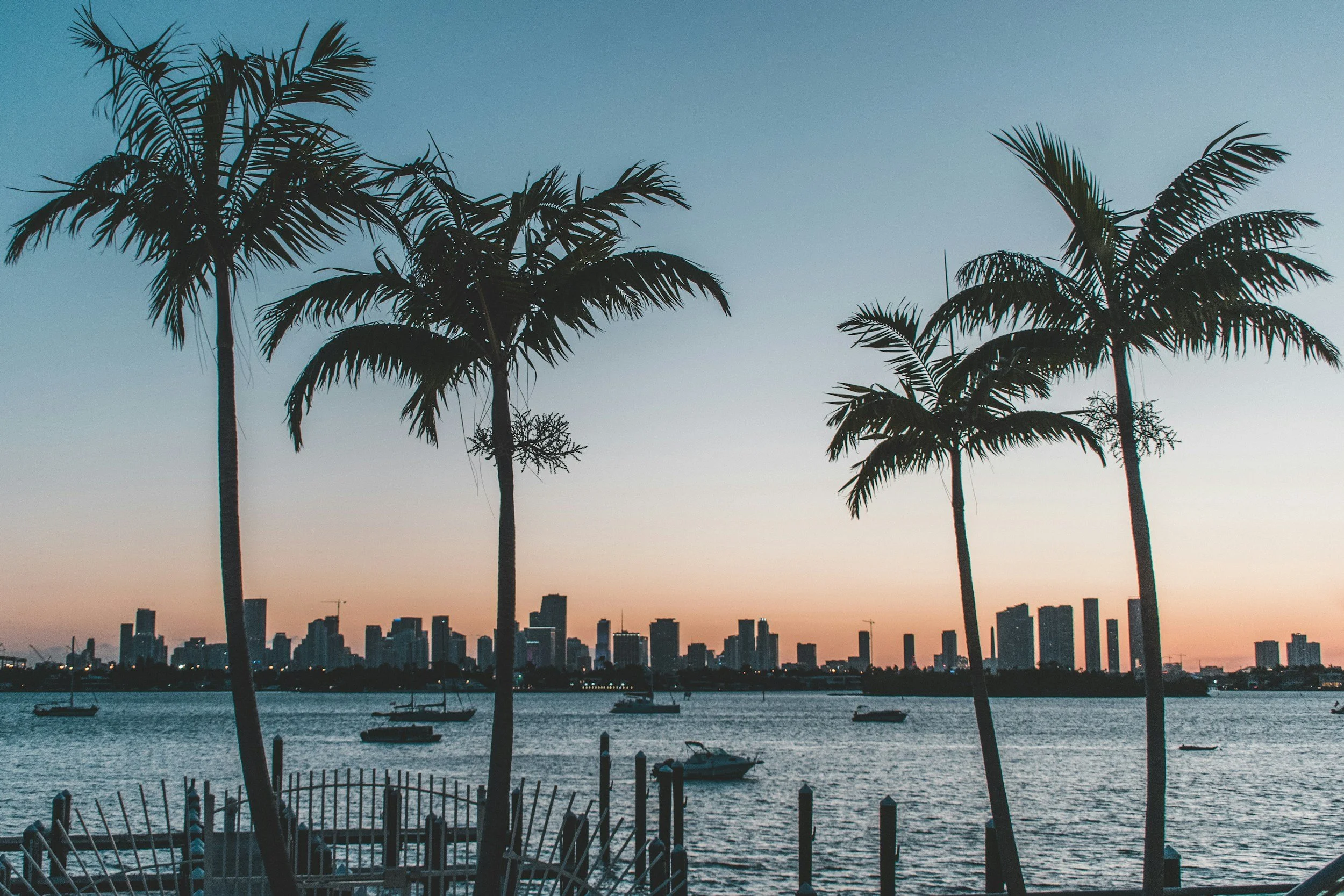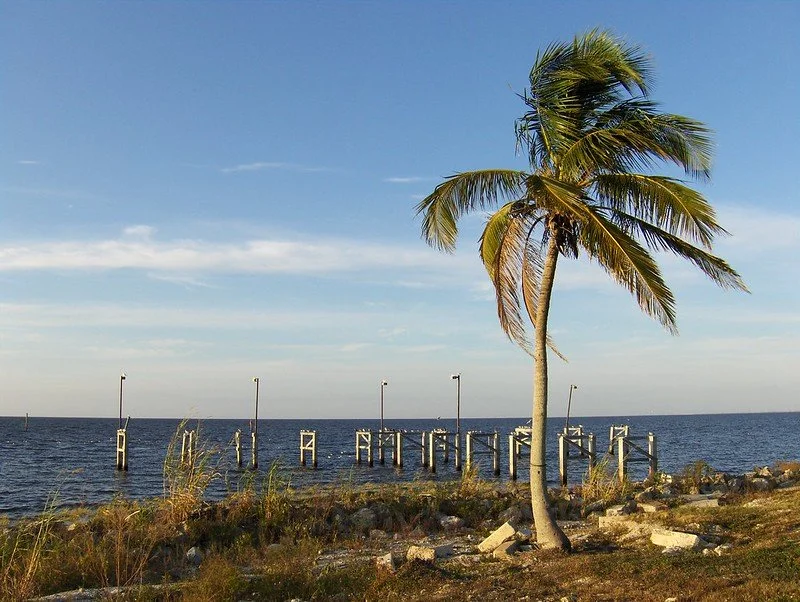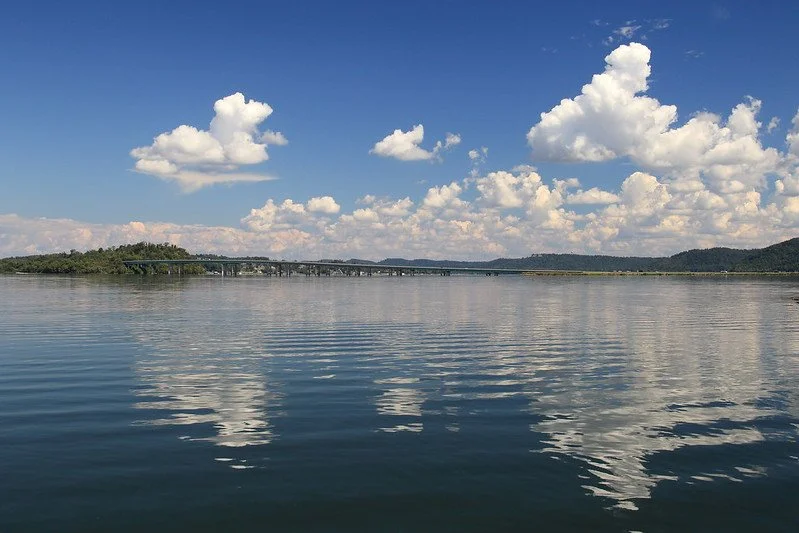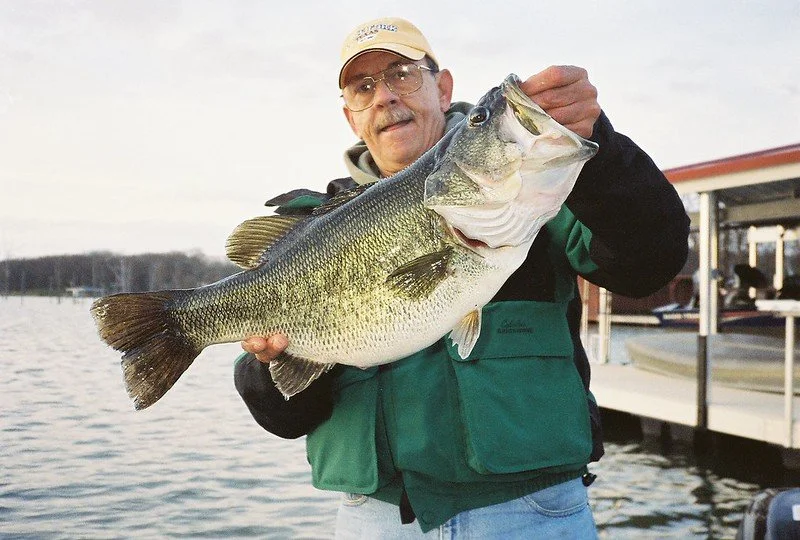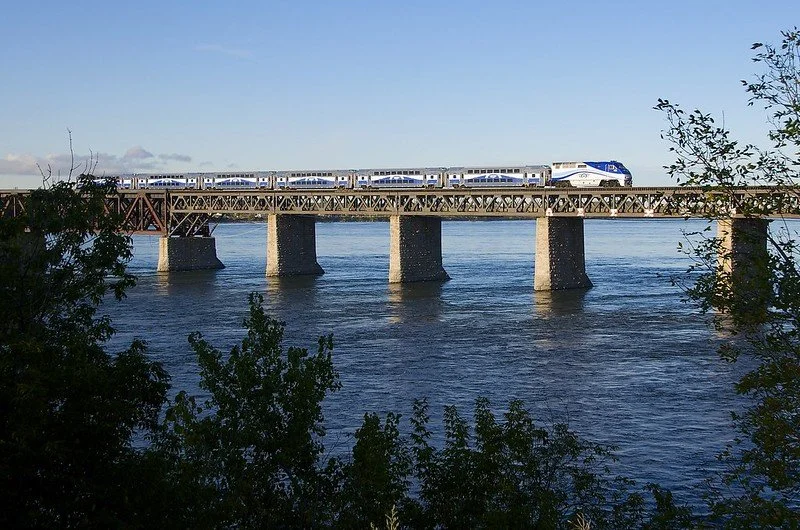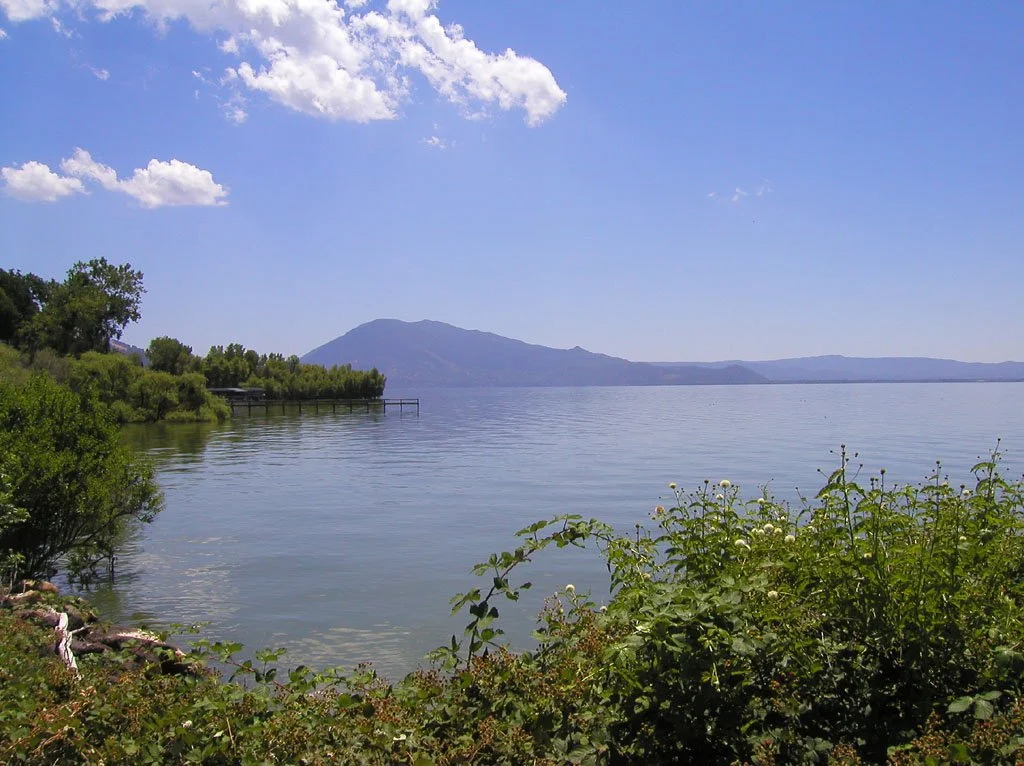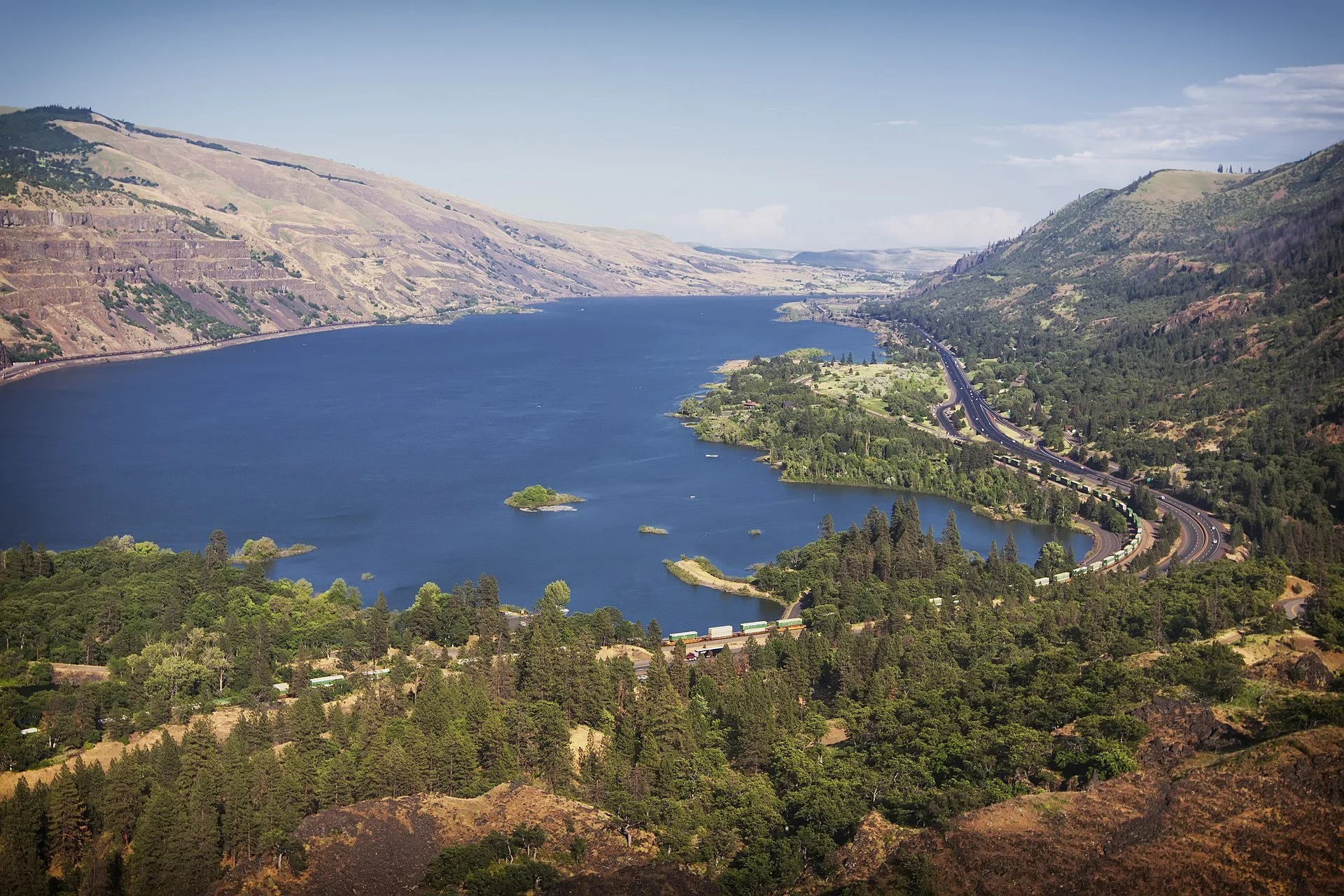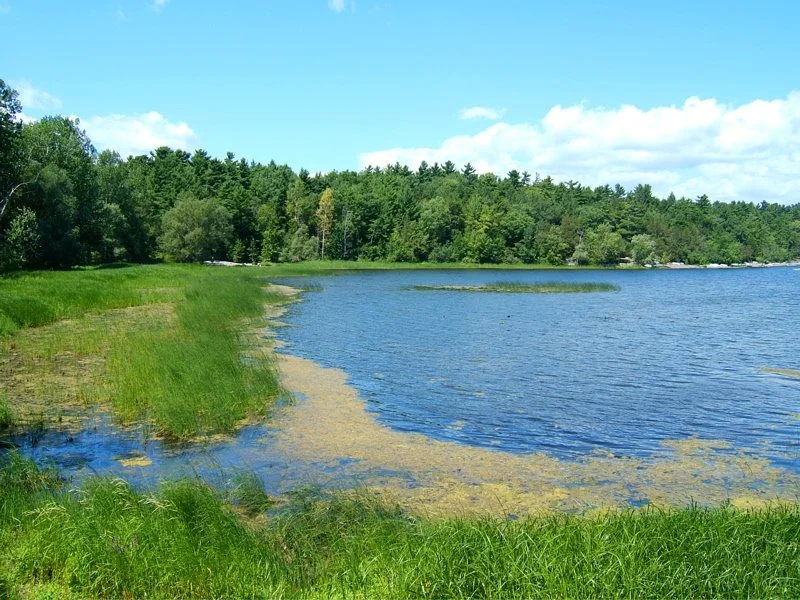Top U.S. Fishing Destinations
Fishing isn't just a pastime in America—it’s a way of life. According to the U.S. Fish and Wildlife Service, more than 50 million Americans go fishing each year, making it one of the most popular outdoor recreational activities in the country. With over 3.5 million miles of rivers, 430,000 lakes, and thousands of miles of accessible coastline, the U.S. boasts some of the most diverse and productive fishing waters on the planet.
From the icy salmon streams of Alaska to the bass-filled reservoirs of Texas and the sunlit flats of the Florida Keys, the country offers anglers of all skill levels a stunning variety of environments and species to explore. In fact, recreational fishing contributes over $148 billion annually to the U.S. economy, supporting millions of jobs and fueling conservation efforts through licensing and gear taxes.
But with so many top-tier options, anglers across the country often face the same question: Where to cast next?
To answer that, we've examined public fishing data, reviewed rankings from sources like FishingBooker, Bassmaster, In-Fisherman, and state wildlife agencies, and considered factors like fish species diversity, public access, angler experience, and habitat conservation efforts. The result? A curated list of the Top 10 U.S. Fishing Destinations—featuring perennial favorites and rising stars alike.
Whether you're fly fishing in a mountain river, casting for bass in a southern lake, or trolling along a coastal bay, these destinations offer unmatched scenery, accessibility, and catch potential. Let’s explore the best waters America has to offer—and help you plan your next unforgettable fishing trip.
1. Florida Keys, Florida (Coastal)
The Florida Keys offer more than just epic fishing — they’re a slice of tropical paradise. Expect warm, sunny weather year-round, with ocean breezes and incredible sunsets. Anglers fish against a backdrop of turquoise waters, palm-lined shores, and coral reef systems teeming with life. Whether you're casting from a bridge, poling the flats, or heading offshore, every trip feels like a mini vacation. The laid-back island vibes, vibrant marine life, and accessibility make it a dream destination for both seasoned anglers and casual weekend adventurers.
Type: Coastal saltwater (island chain with flats, mangroves, reefs, and deep-sea waters).
Key Fish Species: Inshore: Tarpon, bonefish, permit, snook, redfish; Offshore: Sailfish, mahi-mahi (dolphinfish), tuna, wahoo, grouper, snapper.
Best Seasons: Year-round opportunity. Spring (April–June) is prime for tarpon on the flats, winter (Dec–Feb) sees peak sailfish action offshore, while summer offers dolphin fish and reef species. There’s always something biting in the Keys’ warm waters.
Why It Stands Out: The Florida Keys are often dubbed the “Sport Fishing Capital of the World” due to the unprecedented variety of gamefish and habitats available year-round. Anglers can stalk trophy tarpon in shallow flats at sunrise and head offshore for sailfish by afternoon, all amid tropical island scenery. The combination of diverse species, extensive public access via bridges/ramps, and a strong fishing culture makes the Keys a bucket-list destination for saltwater anglers.
2. Lake Okeechobee, Florida (Lake)
Wide-open skies, dense lily pads, and endless grassy flats define this shallow giant. Mornings bring misty calm and glassy water perfect for topwater action. Expect humid days, vibrant birdlife, and a raw connection to untamed freshwater fishing.
Type: Vast natural freshwater lake (730 square miles; shallow and vegetation-rich).
Key Fish Species: Largemouth bass (world-famous trophy bass fishery), black crappie (speckled perch), bluegill and other sunfish, plus some catfish.
Best Seasons: Fishable all year, but late winter through spring is legendary for bass. The pre-spawn and spawn period (January–March) sees big bass in shallow cover and is considered the prime time. Crappie fishing peaks in cooler months (Nov–Mar) as well.
Why It Stands Out: “Big O” is one of the largest freshwater lakes in the U.S. (467,000 acres) and a trophy bass factory. Thanks to its fertile shallows and subtropical climate, Okeechobee routinely produces largemouths over 8 pounds and often 10+ pounders. . It’s a popular tournament venue with year-round bass action (with Florida’s mild winters) and robust panfish populations. The lake’s sheer size and abundant marshy habitat offer endless areas to explore, though they also pose a fun challenge to anglers learning the lake’s patterns.
3. Lake Guntersville, Alabama (Reservoir)
Expect lush greenery, rolling Appalachian foothills, and a peaceful Southern vibe. Spring brings blooming wildflowers and mild mornings. The lake’s massive grass beds and consistent weather make it a favorite for both tournament anglers and laid-back weekenders.
Type: Large reservoir on the Tennessee River (69,100 acres; 75 miles long).
Key Fish Species: Largemouth bass (renowned nationally), crappie, bluegill and redear sunfish (bream), catfish (including giant blue cats), with seasonal sauger and some walleye in the river portions.
Best Seasons: Spring (March–May) is outstanding for bass as they spawn in the hydrilla beds. Fall is another great season for bass as fish feed up. Panfish bite best in late spring and early summer (bream beds) and again in fall for crappie. Summer nights are popular for bass to avoid boat traffic, and winter can yield bass and sauger in deeper areas.
Why It Stands Out: Alabama’s largest lake, Guntersville is a bucket-list bass lake that’s perennially ranked among the best bass fisheries. Lush underwater grass beds (milfoil, hydrilla) provide ideal cover from which big bass are commonly caught. It’s a top tournament lake producing 5–10 lb bass regularly. Importantly, Guntersville is also a well-rounded fishery – besides the famous bass, it offers quality bream fishing, abundant crappie, and catfish that occasionally top 80 lbs, giving all anglers something to target. The combination of trophy bass potential and variety makes it a standout.
4. Santee Cooper Lakes (Marion & Moultrie), South Carolina (Reservoirs)
These lakes offer a swampy, wild feel with ancient cypress trees rising from the water. Mornings are calm and foggy, and summer nights are warm and perfect for catfishing. You’ll often spot ospreys, gators, and the occasional bald eagle overhead.
Type: Two connected public reservoirs (171,000 acres combined) often referred to collectively as “Santee Cooper.”
Key Fish Species: Channel catfish and blue catfish (nationally famous catfishing waters), striped bass (this system pioneered inland striper fishing), largemouth bass, crappie, bream (sunfish), and even trophy flathead catfish.
Best Seasons: Spring and fall offer excellent fishing across species – striped bass run strongest in spring and fall, largemouth bass spawn in spring, and crappie stack up then too. Summer brings outstanding catfish action (warm nights are ideal for big blues and channels). The mild winters allow for decent fishing year-round, though cold snaps slow the bass bite.
Why It Stands Out: Santee Cooper is a southern fishing paradise known for record-class catfish and a diversity of bass species. It’s common to catch channel catfish 20+ pounds or even huge blue cats. The lakes also hold robust largemouth bass you can catch year-round, plus stocked stripers that draw anglers when the season is open. The scenery features cypress swamps and flooded timber, and there are ample public access points. The mix of trophy catfish potential, dual bass (striped and largemouth) fisheries, and generally abundant fish populations in large fertile lakes makes Santee Cooper a top destination in the Southeast.
5. Lake Fork, Texas (Reservoir)
Expect classic Texas scenery—sunny skies, wooded shorelines, and winding creek arms lined with timber. Spring and fall are crisp and vibrant. Fork has a deep bass fishing culture and a small-town charm that welcomes every level of angler.
Type: Reservoir in east Texas (27,000 acres) with timbered creek arms and hydrilla beds.
Key Fish Species: Largemouth bass (legendary trophy bass lake), white & black crappie, channel and flathead catfish, plus a growing white bass population and sunfish
Best Seasons: Spring is king for giant bass – February through April sees many double-digit (10+ lb) bass caught as they spawn. Late fall (Oct–Nov) also offers excellent bass fishing. Crappie are best in spring spawn and again in fall; catfish bite year-round (often best in warmer months).
Why It Stands Out: Lake Fork is one of the country’s premier trophy bass lakes. Intensive management (Florida-strain bass stocking and slot limits) has paid off – over 65% of Texas’s 50 largest bass ever came from Fork, including the state record. Anglers flock here for a legit chance at a 10+ pound largemouth. Beyond bass, Fork offers solid crappie, catfishing, and even some white bass action, making it more than just a one-species lake. Abundant standing timber and aquatic vegetation make great habitat, and the lake has ample public ramps. For trophy bass hunters, Lake Fork’s track record of producing lunkers is unmatched, yet it’s also family-friendly enough for panfishing.
6. Lake Erie (Ohio/Michigan/New York/Pennsylvania) – Great Lake
Known for its big skies and even bigger walleye runs, Erie offers a mix of rocky shores, historic ports, and quiet coves. Summer brings calm mornings perfect for trolling, while fall delivers dramatic leaf color and trophy fish action.
Type: Great Lake (the shallowest of the five, known for its productive warm waters).
Key Fish Species: Walleye (signature species), yellow perch, smallmouth bass, and steelhead trout (migratory rainbow trout in tributaries). Some areas also offer largemouth bass (in bays), muskellunge (in the far eastern basin/Buffalo area), and white bass.
Best Seasons: Walleye fishing is excellent from spring through fall. In spring (Apr–May), anglers flock to the western basin reefs and river mouths for spawning walleye; summer sees large schools spread across the lake (night trolling or drift fishing is popular); fall brings trophy-size walleye on the feed. Perch are typically best in late summer and autumn. Smallmouth bass action peaks in late spring/early summer (post-spawn) and again in fall. Winter ice fishing can be good for walleye and perch in colder years (primarily western basin).
Why It Stands Out: Lake Erie is often called the “Walleye Capital of the World,” and with good reason. Its walleye population has boomed thanks to consistent successful hatches, offering anglers phenomenal catch rates of both numbers and big fish (8–10 lb trophies). In addition, Erie boasts plentiful perch and bass — a true multi-species fishery. Yellow perch draws crowds of all ages for easy, tasty catches, and Erie’s rocky areas hold world-class smallmouth bass (4–6 lb fish common). The lake’s vast size provides endless public access along four states, and towns like Port Clinton, OH are famed fishing hubs. For sheer fishing productivity, Erie is hard to beat – it’s a Great Lake that lives up to its name for anglers.
7. St. Lawrence River, New York (River)
Crystal-clear waters flow past castle-dotted islands and historic lighthouses. The Thousand Islands region feels like a step back in time. Expect cooler temps, strong river currents, and postcard views in every direction—especially in autumn.
Type: Large river system forming the outflow of the Great Lakes (flows from Lake Ontario northeast toward Canada’s Atlantic). Includes the Thousand Islands region.
Key Fish Species: Smallmouth bass (exceptional fishery for trophy smallies), muskellunge (monster muskies up to 50+ inches), northern pike, walleye, yellow perch, and largemouth bass in bays. The lower river also sees migratory salmon and trout near Lake Ontario.
Best Seasons: The short northern summer (June–August) is prime – mild weather and aggressive fish. Smallmouth bass action is outstanding in summer and early fall, when bass gorge in strong currents. Muskellunge fishing peaks in late summer and fall (Aug–Nov) when these top predators are most active (fall offers the best shot at a giant). Ice-out spring conditions yield good pike and perch fishing, while walleye run in spring and fall.
Why It Stands Out: The St. Lawrence offers a world-class combination of bass and muskies in a gorgeous setting. In the Thousand Islands area, anglers routinely reel in abundant smallmouth bass and walleye, plus northern pike and muskie among the countless islands. It’s not uncommon to catch 3–4 pound smallmouths until your arms tire. Meanwhile, the river is famous for elusive trophy muskellunge – massive “fish of 10,000 casts” that can reach 5 feet long. Only confident, experienced anglers target those giant muskies, but knowing they’re present adds to the river’s allure. The water here is clean and clear, the scenery historic (castle-dotted islands and old lighthouses), and public access is excellent on both the U.S. and Canadian sides. Overall, the St. Lawrence River is a bucket-list fishery blending quantity and quality of gamefish.
8. Clear Lake, California (Lake)
Nestled between volcanic hills, Clear Lake offers mild weather, scenic mountain backdrops, and lots of wildlife. Expect calm mornings and glassy water perfect for flipping or crappie fishing. Sunsets light up the sky with golden California hues.
Type: Natural lake in northern California (43,000 acres) – the state’s largest freshwater lake entirely within California and one of North America’s oldest lakes.
Key Fish Species: Largemouth bass (tremendous population of 3–8 lb fish, with 10+ lb trophies), crappie (both black and white crappie thrive; Clear Lake holds state records), bluegill and other sunfish, channel catfish (very large specimens common), and carp. Note: Nonnative threadfin shad and silversides provide abundant forage, fueling the game fish growth.
Best Seasons: Spring (March–May) is phenomenal for bass – fish swarm the shallow tules and docks to spawn, and anglers report heavy catches. Summer through early fall continues to be good for bass (morning/evening bites when temperatures rise). Spring and fall also see crappie school up in coves. Catfish action is excellent all summer, with May–June spawning season yielding giant cats in the shallows. The mild winters allow bass to be caught year-round, though in colder months they go deeper.
Why It Stands Out: Nicknamed the “Bass Capital of the West,” Clear Lake is one of the top bass tournament lakes in the West and pumps out incredible numbers of quality bass. 5-pounders are routine and double-digit largemouth are always possible – any cast here could be the fish of a lifetime. The lake’s ecosystem is rich, supporting not just bass but big crappie (state record crappie have come from Clear Lake) and hordes of catfish. It’s a lake where an angler can flip bass in the morning and fill a cooler with crappie by afternoon. With 100 miles of shoreline, there are plenty of public parks, launch ramps, and marinas. Add in the backdrop of volcanic hills and wildlife (pelicans, ospreys, etc.), and Clear Lake offers a fantastic angling experience that balances trophy potential with family-friendly fishing for panfish and cats.
9. Columbia River (Oregon/Washington) (River)
Expect big water, big fish, and big views. Towering cliffs, evergreen forests, and wide-open water define this Pacific Northwest powerhouse. Conditions range from misty mornings to hot summer days, with year-round multi-species action.
Type: Major river (over 1,200 miles long) traversing the Pacific Northwest, particularly famed in the lower stretch bordering Oregon and Washington. Includes both free-flowing river sections and reservoir pools behind dams.
Key Fish Species: Chinook salmon (Spring Chinook and Fall Chinook runs), Coho salmon, Sockeye salmon, Steelhead (sea-run rainbow trout), White sturgeon (huge prehistoric fish), plus abundant smallmouth bass and walleye in many stretches. Also shad runs and some trout in tributaries.
Best Seasons: Spring (Mar–May) is highly anticipated for the Spring Chinook salmon run – prized for their fight and eating quality. Summer brings continued salmon (summer Chinook, sockeye) and excellent steelhead fishing (June–August), especially in cool mornings/evenings. Early fall (Aug–Sept) features the largest salmon runs (Fall Chinook and Coho) and is a peak time for multi-species action. Sturgeon fishing (mostly catch-and-release) is best from late spring into summer when water flows moderate; this is when anglers near Astoria might catch and release several giant sturgeon in a day. Bass and walleye are year-round fisheries – they really turn on in the warm months, making the mid-Columbia a popular bass/walleye destination in summer.
Why It Stands Out: The Columbia River is an icon of Northwest fishing, renowned for its massive salmon and steelhead runs. In a good year, over a million salmon and steelhead swim up the Columbia, giving anglers an opportunity at salmon weighing 20–40 lbs. On top of that, the river holds North America’s largest freshwater fish – the white sturgeon – which can grow 6–12 feet long and 800 lbs in the Columbia’s waters. Battling one of these giants (usually released unharmed) is an unforgettable thrill. What many don’t realize is the Columbia also offers top-notch smallmouth bass and walleye fishing in its reservoirs, making it amazingly versatile. From the Gorge’s scenic beauty to the wide estuary at the river’s mouth, there are countless access points and fishing techniques (trolling, casting, fly fishing) to enjoy. The Columbia’s combination of huge migratory fish, resident gamefish, and stunning landscapes cements its place among America’s best fishing destinations.
10. Lake Champlain, New York/Vermont (Lake)
Champlain delivers four-season fishing with classic New England charm. Expect rolling mountains, historic shoreline towns, and vibrant foliage in fall. The lake’s mix of cold deep water and weedy bays make it both scenic and fish-filled year-round.
Type: Large natural lake (120 miles long) straddling the New York–Vermont border, also extending into Quebec. Features a mix of open deep waters and weedy bays.
Key Fish Species: Largemouth and smallmouth bass (both abundant – a premier Northeastern bass fishery), northern pike and chain pickerel, lake trout and landlocked Atlantic salmon in deep areas, yellow perch and sunfish, plus burbot and walleye in lesser numbers.
Best Seasons: Late spring and summer are fantastic for bass and pike. Bass season opens in June in NY/VT, and through summer anglers enjoy excellent largemouth action in weedy shallows and superb smallmouth fishing on rocky flats and humps. Pike are active in spring and fall when waters are cooler. Lake trout and salmon fishing is best in colder months (late fall through spring), including ice-fishing season, when they’re closer to the surface; in summer they lurk deep and can be caught by trolling. Fall offers a mixed-bag delight – bass and pike are feeding up, and the scenery is unbeatable with autumn foliage.
Why It Stands Out: Lake Champlain offers excellent fishing for bass, pike, and even trout all in one destination. Its diverse habitats support everything from trophy largemouths in weedy coves to big smallmouths off rocky points, plus feisty northern pike in the shallows and lake trout down deep. This lake’s scenic beauty and historic significance (Revolutionary War sites along the shore) add to its charm. Champlain is also very accessible – multiple state parks, public boat ramps, and shore-fishing spots dot both the NY and VT sides. Anglers love that you can target many species in one day here. For example, you might start the morning trolling for salmon/trout, then switch to casting for bass by midday. That multi-species versatility, along with Champlain’s size (plenty of room even during tournaments) and picturesque backdrop of the Adirondack and Green Mountains, make it one of the top fishing destinations in the country.
Sources:
Florida Fish and Wildlife Conservation Commission (FWC) – myfwc.com
Texas Parks and Wildlife Department (TPWD) – tpwd.texas.gov
Outdoor Alabama (Lake Guntersville info) – outdooralabama.com
South Carolina Department of Natural Resources (SCDNR) – dnr.sc.gov
Great Lakes Commission – glc.org
Vermont Fish & Wildlife Department – vtfishandwildlife.com
New York State Department of Environmental Conservation (NYSDEC) – dec.ny.gov
California Department of Fish and Wildlife (CDFW) – wildlife.ca.gov
Oregon Department of Fish and Wildlife (ODFW) – myodfw.com
American Sportfishing Association – 2023 Economic Report – asafishing.org
FishingBooker Blog – Rankings and travel guides – fishingbooker.com/blog

